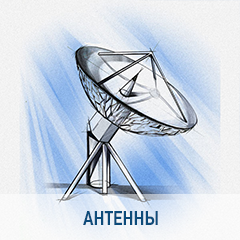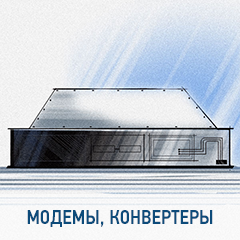 |
The SFC1275A Ku-Band Synthesized Frequency Down Converter has been designed to provide performance that meets or exceeds industry standards. The SFC1275A features also provide ease of integration and operation. Designed to handle extreme ratios of adjacent carrier power, the SFC1275A offers the highest standard input P1 dBm in the industry at -20 dBm. With a typical noise figure of 10 dB at 40 dB gain, the SFC1275A can receive signals below -110 dBm with an aggregate input power of -25 dBm. This represents a receive dynamic range in excess of 85 dB. At 40 dB of gain, the SFC1275A will easily integrate into any size earth station while eliminating the need for receive line amplifiers, even for installations that employ power splitters on the downlink. Linearity of the converter is equally impressive. The SFC1275A boasts a two-tone IMD product of 60 dBc for a combined output power of 0 dBm. Output P1 dBm of the converter is +19 dBm. In most installations, this allows IF power splitters to be used without the need for IF distribution amplifiers.
Features
-
Low-Cost and High Performace in a 1.75” High Chassis
-
Built-in 1:N Series Switching Option
-
High Receive Intercept/Dynamic Range
-
Low Phase Noise
-
125 kHz Frequency Resolution (optional 1 KHz)
-
RS-232/-422/-485 Operator Serial Interface
-
Available in Extended Frequency Bands
Monitor and Control
All of the configuration, monitor and control functions are available at the front panel. Operating parameters such as frequency, channel, gain, gain offset and switch settings (backup only) can be readily set and changed at the front panel.
Additionally, all functions can be accessed with a terminal or personal computer via a serial link (RS-232, RS-485, or Ethernet) for complete remote monitor and control (M&C) capabilities. Extensive fault monitoring with masking capability, along with time and date stamped event storage are available.
Protection Switch Versatility
Redundancy for the SFC converter products can be supported by a built-in Series Switch or an external rack mounted RCU101 (1:1) or RCU108 (1:N) system. These redundant systems are designed to ensure continuous operation thus allowing a unit to be replaced without disruption of the signal transmission. The built in Series Switching can be configured from a 1:1 to 1:8 redundant system without the need for additional hardware or support equipment. In either case, the built in Series Switch, RCU101 or the RCU108 can be easily configured by connecting the cables and starting the plug and play process.
Identical firmware enables any converter to be plugged into the backup slot and assume the role of protection switch controller. It is the backup converter that learns and stores the frequency, gain and channel settings of the primary converters. The backup converter can be operated automatically, in which case an automatic backup of a failed on-line converter occurs after a user pre-programmed delay. The backup may also be operated manually, allowing the operator to manually switch-in the backup unit. In the event the stored setting of the primary converter is changed, the backup converter will notify the user.
Switching configuration settings, such as priority, fault delay, force and learn controls, backup testing, and compensation, are available on the front panel and all serial interfaces. Status information on all primes, such as summary fault, learn and backup status tests, configuration change, relay status, and converter type, is also available. All circuits are protected upon installation of the switch and upon completion of the learning process. This eliminates the need for complicated software configurations that might otherwise leave a circuit vulnerable. Likewise, replacing a failed converter is as simple as plugging in a replacement.






